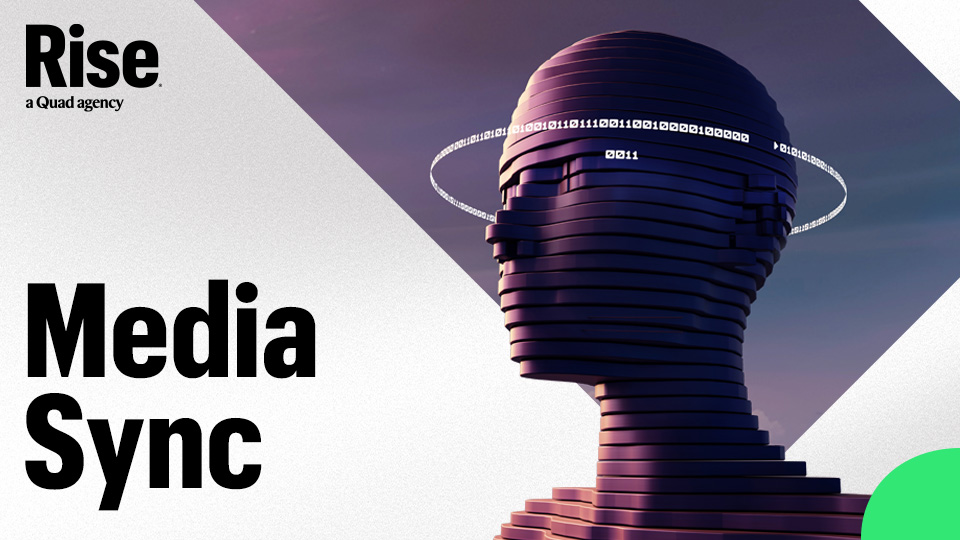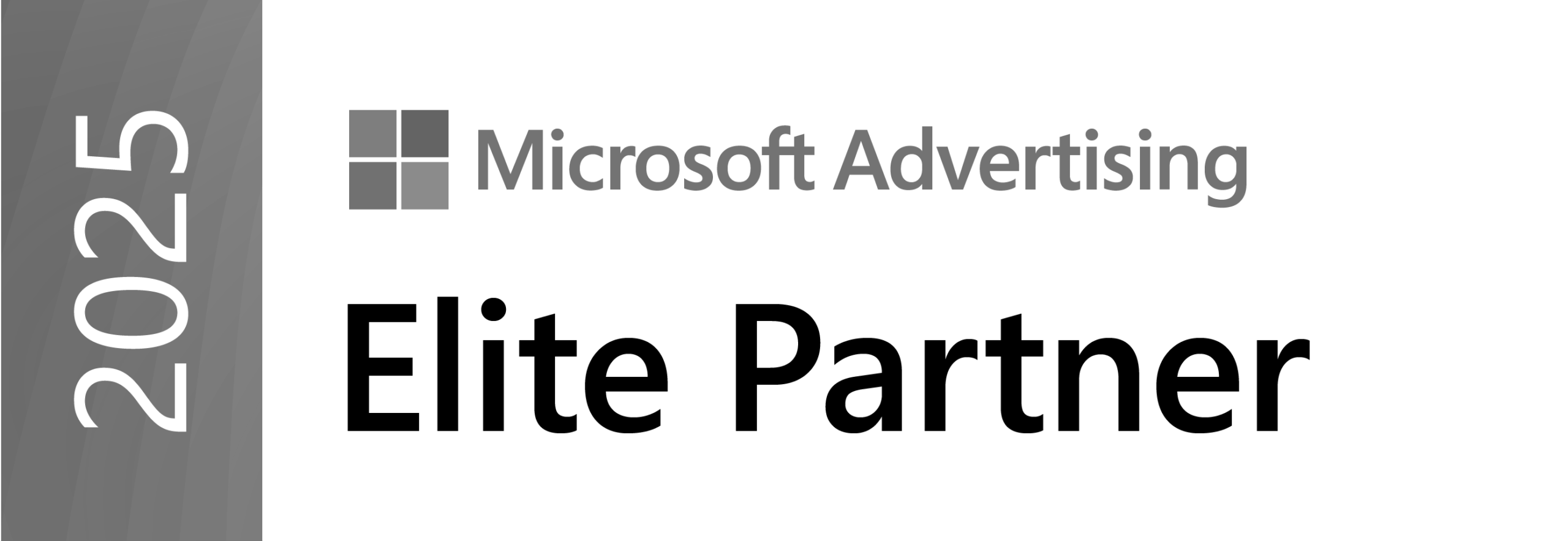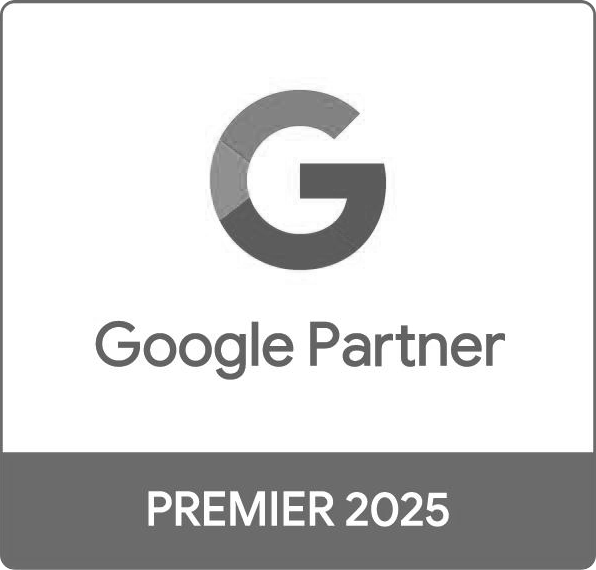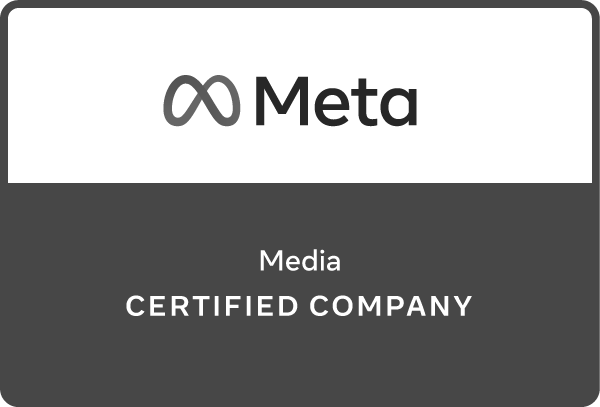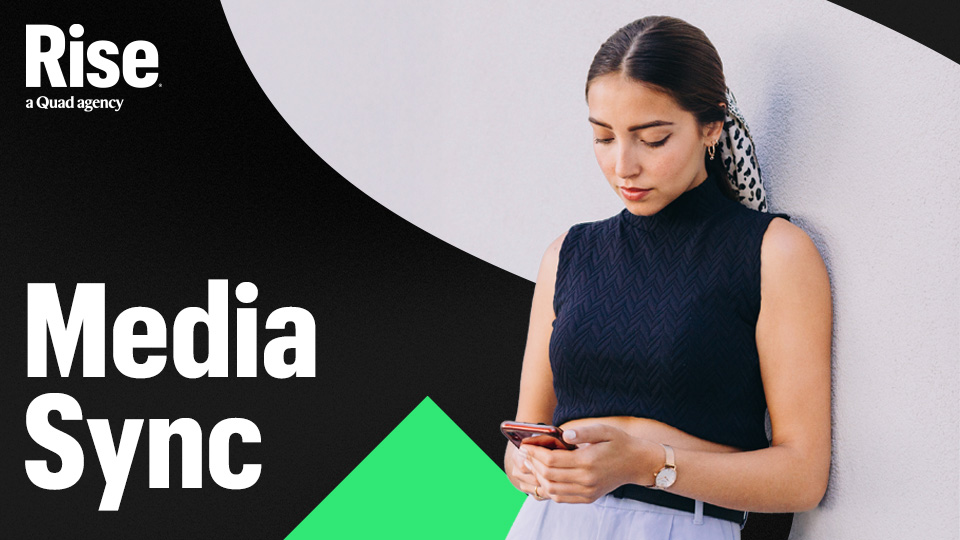
Rise Media Sync summarizes media and platform news of interest to marketers. Here are five key developments the Rise team is monitoring:
1. Snapchat integrates with WooCommerce
What’s happening: Snapchat has launched a native integration with WooCommerce, enabling brands to sync their product offerings with Snap Ads Manager directly.
What we know:
- Brands can now launch, track and manage Snap campaigns without leaving WooCommerce.
- Clickable product links, catalog syncing and performance tracking are fully supported via Snap Pixel and CAPI.
- WooCommerce says it powers over 25% of online stores globally, with more than 6 million live sites.
Early indications and perspective: This move mirrors Meta’s successful Shopify partnership and lowers the barrier for small businesses to test Snap as a performance channel. With e-commerce merchants primed for ROI-focused advertising, Snapchat’s WooCommerce integration could accelerate adoption and better position Snap (among the likes of Meta and TikTok) for lower-funnel conversions. Marketers should consider experimenting early while CPMs remain relatively low.
2. ChatGPT launches in-chat shopping
What’s happening: OpenAI has rolled out a new Instant Checkout feature within ChatGPT via a pilot with Etsy.
What we know:
- This allows U.S. users across all ChatGPT tiers (Free, Plus, Pro) to engage in product discovery using plain language and then complete purchases from Etsy sellers without leaving the chat.
- OpenAI is using a new Agentic Commerce Protocol (ACP) that it developed with Stripe; merchants pay a small transaction fee, while shoppers incur no added costs.
- The next phase of ChatGPT’s agentic operation includes a global rollout, additional features (such as multi-item shopping carts) and integrating with the Shopify merchant network.
Early indications and perspective: This development positions ChatGPT as both a discovery and conversion engine, reducing reliance on traditional search engines and marketplaces. For merchants, it introduces a new performance channel where ranking is based on relevance rather than sponsorship, potentially creating a more level playing field. Adoption will depend on user trust in ChatGPT as a shopping assistant and merchant willingness to experiment with ACP. Marketers should view this as an opportunity to optimize product data for conversational discovery and prepare for agentic commerce to play a bigger role in e-commerce strategy.
3. Meta to use AI chat data for ads
What’s happening: Starting in mid-December, Meta says it will sell ads with targeting based on users’ interactions with its AI chatbot.
What we know:
-
Data from chats with Meta AI, which the company says has more than 1 billion monthly users, will be used to inform ad recommendations across its social platforms.
- Meta will update its privacy policy on Dec. 16, at which point users will be unable opt out of having their AI chat data used for ads.
- The policy update also applies to Meta wearables, including smart glasses, analyzing voice, photo and video content, but excludes users in the EU, U.K. and South Korea due to stricter privacy laws.
Early indications and perspective: The update highlights Meta’s push to integrate AI-driven insights directly into its ad ecosystem, creating more precise targeting opportunities. Brands should prepare for richer audience segmentation and test campaigns leveraging AI-generated behavioral data while monitoring regulatory and user sentiment in key regions. Early adoption of these AI-informed ad strategies could provide a competitive edge, particularly for brands that can align creative messaging with the nuanced interests potentially revealed via AI interactions.
4. Spotify expands programmatic access
What’s happening: Spotify has partnered with Amazon DSP and Yahoo DSP to expand its global audio and video inventory to programmatic buyers.
What we know:
-
Amazon DSP buyers can access Spotify inventory in nine major markets: the U.S., U.K., France, Germany, Italy, Spain, Brazil, Canada and Mexico.
- Yahoo DSP users get direct access to Spotify Ad Exchange for programmatic campaigns.
- Additional initiatives include a creative Split Testing tool and a Smartly partnership for expanded inventory, as well as plans to open Spotify Ad Exchange to Megaphone podcast publishers next year.
Early indications and perspective: These partnerships position Spotify as a more flexible and scalable advertising platform, giving brands broader reach and improved targeting across streaming audio and video. Advertisers should explore programmatic buying through Amazon and Yahoo DSPs to leverage first-party signals and high-quality audience engagement. Spotify’s ongoing enhancements signal a push to strengthen its ad monetization while making its inventory easier to access for global campaigns.
Other media/platform news we’re watching:
- “TikTok launches Travel Ads to capture trip planning moments” (Search Engine Land)
- “Microsoft Won’t Face Privacy Suit Over ‘Session Replay,’ Court Confirms” (MediaPost)
- “Perplexity Launches Comet Browser For Free Worldwide” (Search Engine Journal)
If you made it this far, here’s a fun fact: Octopuses have three hearts — two for moving blood around the gills, which release carbon dioxide and pick up oxygen, and another for circulating that oxygenated blood to organs and muscles.


